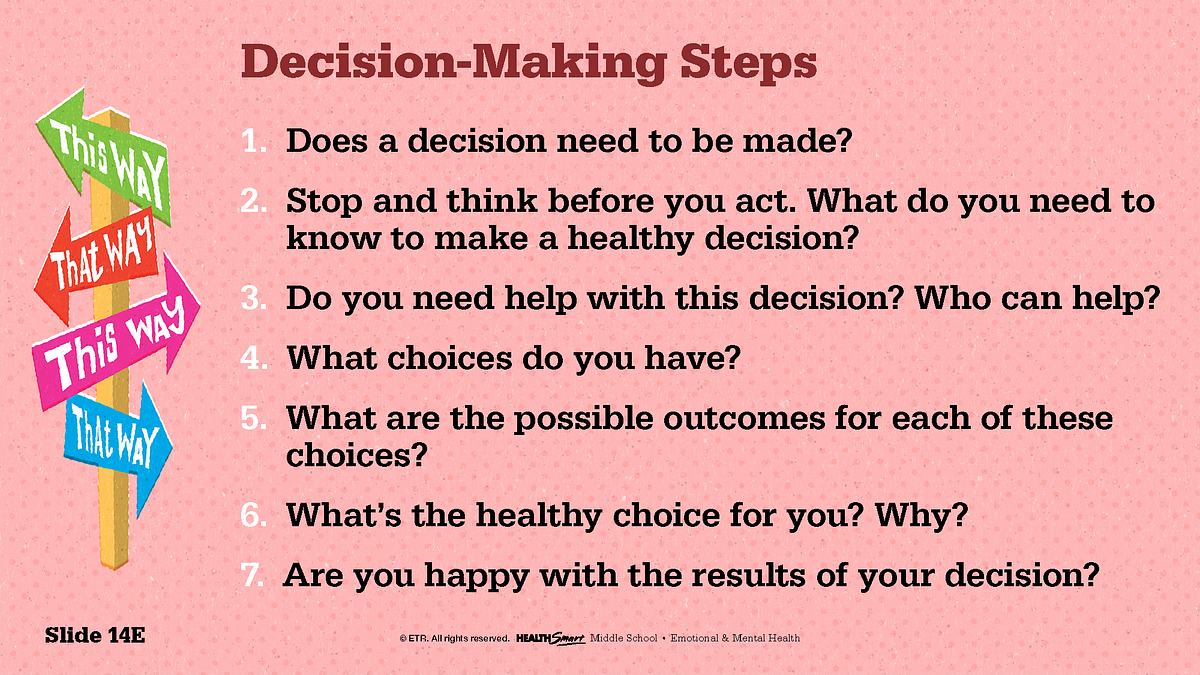The process of decision making is a crucial aspect of our routine lives, shaping everything from personal choices to professional strategies. In a realm saturated with a vast array of information and options, mastering the skill of effective decision making has become essential for reaching goals and fulfillment. Regardless of whether you face a straightforward option or a challenging situation, enhancing your decision-making skills can provide more successful results and increased assurance in your choices.
This thorough resource aims to offer you with effective methods and understandings into the psychology behind decision making. You will discover how to improve your choices under stress, counteract choice overload, and leverage both intuition and logic. With a focus on practical tools and strategies, we will investigate how to traverse the often challenging landscape of decision making, enabling you to select options that reflect your values and goals. Get ready to transform your approach to decision making and find the solution to a more surefooted and enriching way of living.
Established Methods for Effective Decision-Making
Effective judgments is essential for not only individual and professional achievement. One time-tested method is to establish a clear structure for your decisions. This involves defining your goals, gathering relevant data, and evaluating your choices against set benchmarks. By adhering to a organized methodology, you can minimize uncertainty and make clearer judgments. Employing decision-making models, such as the SWOT analysis or decision trees, can help simplify difficult choices and provide insight.
Another method is to include the act of being present into your decision-making method. By making a moment to center your thoughts and emotions, you can gain mental clarity and reduce anxiety, allowing you to approach options in a more unbiased way. Being mindful helps you identify emotional responses that may obscure decision-making, leading to more logical judgments. Incorporating thoughtful breaks to reflect can also avoid impulsive choices based on impulse or stressors.
Lastly, acknowledging the importance of intuition alongside data-driven thinking can enhance your decision-making skills. Gut feelings, often rooted in prior knowledge, can provide important perspectives that analytics alone may overlook. By training to trust your instincts while also factoring in evidence, you can achieve a balanced viewpoint that combines both logic and intuition. This approach enables you to manage choices with assurance, especially in ambiguous or challenging contexts.
This Psychological Study and Scientific Principles Behind Decision-Making
Understanding the psychological aspects behind decision-making is essential for perfecting this ability. Human thought processes is often influenced by mental biases, which can distort our reasoning and lead to suboptimal decisions. For example, the readily available heuristic causes us to rely on immediate instances that come to mind, potentially overlooking better options. By becoming aware of these biases, individuals can proactively work to counteract them and make sounder choices.
Additionally, the impact of emotions cannot be ignored. Emotional intelligence plays a significant role in how we approach decisions, as our feelings can both obscure our judgment and provide important insights. Being aware of our emotional responses during the decision-making process can help balance our gut feelings with logical reasoning. By conditioning ourselves to acknowledge and manage our feelings, we can improve our ability to make decisions.
In conclusion, research in the field of behavioral science has shown that decision-making can also be affected by environmental factors. For example, the environment in which a decision is made, such as the existence of distractions or the time pressure we experience, can significantly impact our ability to assess options effectively. Establishing an environment conducive to thoughtful decision-making, including minimizing stressors and disruptions, can enhance our ability to evaluate information and achieve better outcomes.
Methods for Certain Selections in Ambiguity
Deciding in uncertain situations can be daunting, but particular approaches can help you maneuver through vagueness with confidence. Initially, accept the idea that uncertainty is a aspect of existence. Rather than seeking absolute certainty, focus on gathering relevant information and assessing the hazards involved. Segregate the decision into more manageable parts, weighing advantages and disadvantages for each aspect. This technique assists streamline your thoughts and allows you to see multiple possibilities more definitively.

A further effective technique is to utilize a framework for decision-making to assist you. Structures like the OUTCOME model (Define the problem, Establish criteria, Explore choices, Choose the most favorable option, Develop a plan of action, Evaluate the decision) can provide framework in turbulent moments. Additionally, seeking input from reliable friends or colleagues can help you gain alternative perspectives, aiding in the decision-making process. This team-based approach can uncover choices you might not have thought of, leading to more thoughtful selections.
Finally, cultivate a attitude of resilience and adaptability. Acknowledge that not every decision will lead to the desired outcome, and that is part of the learning process. Establish the habit of reviewing past decisions, both good and negative, to identify trends and insights gained. Considering Click here as an moment for development, you can approach each decision with a sense of strength, ultimately making certain decisions even when consequences are unpredictable.
